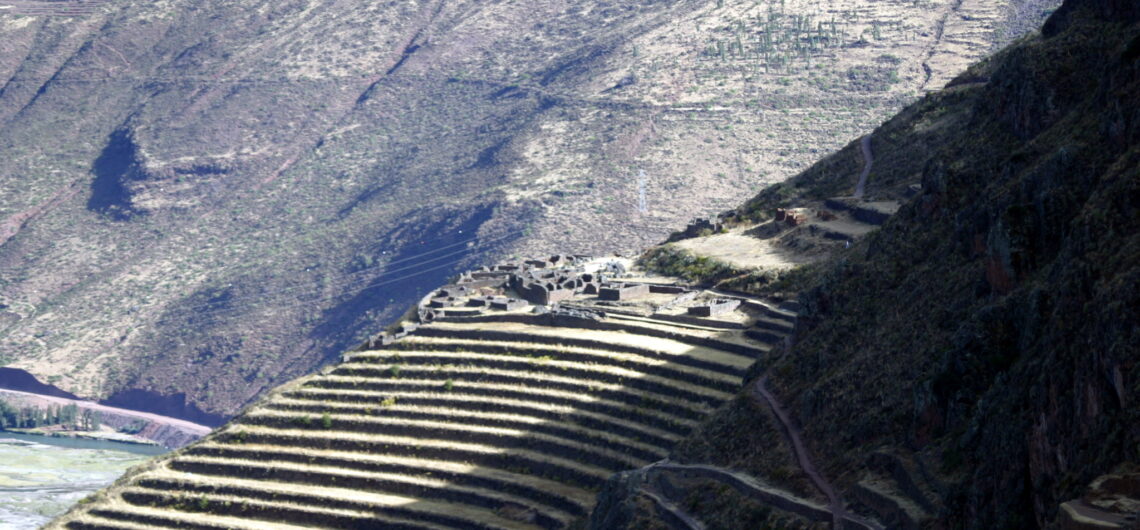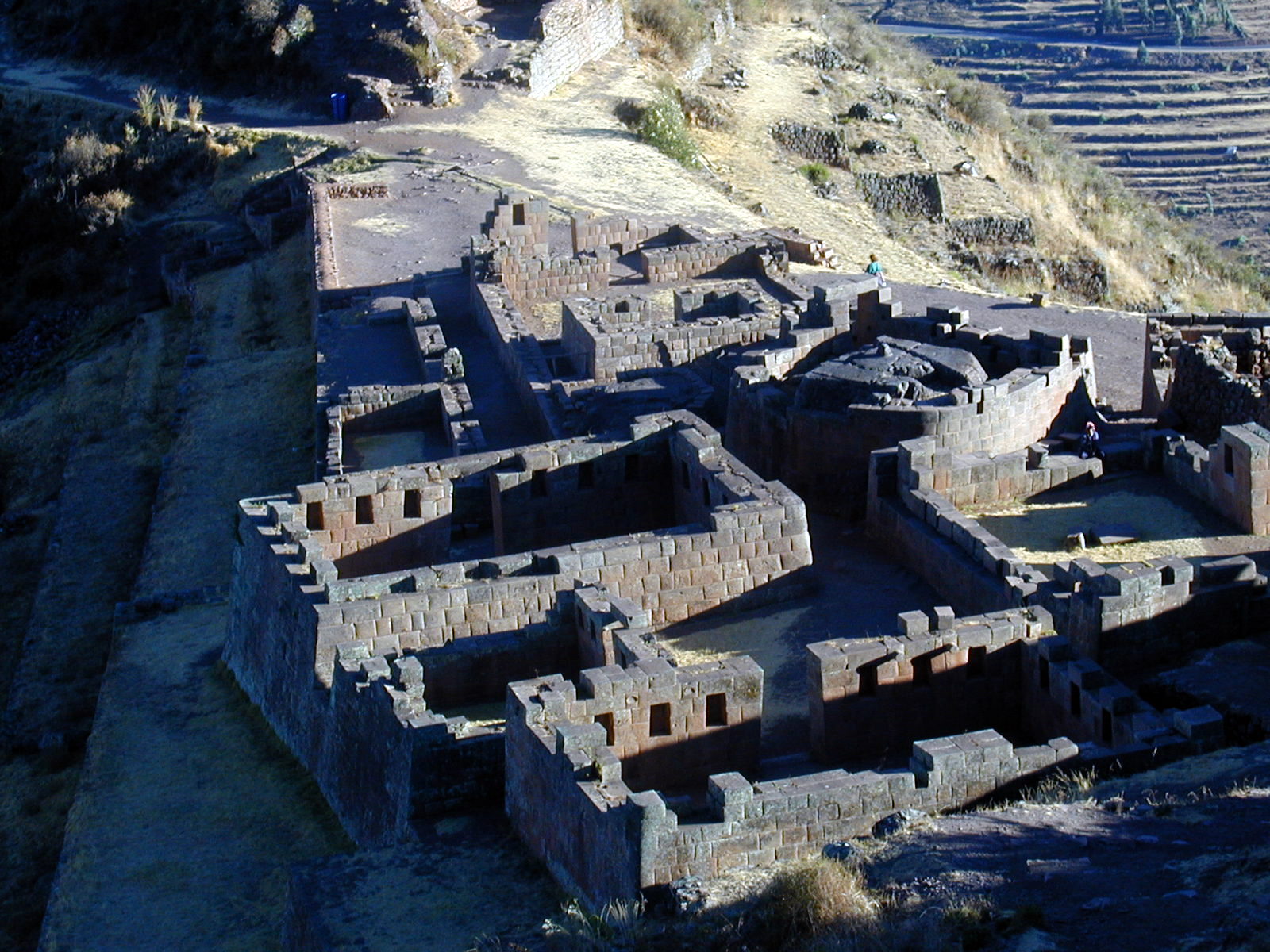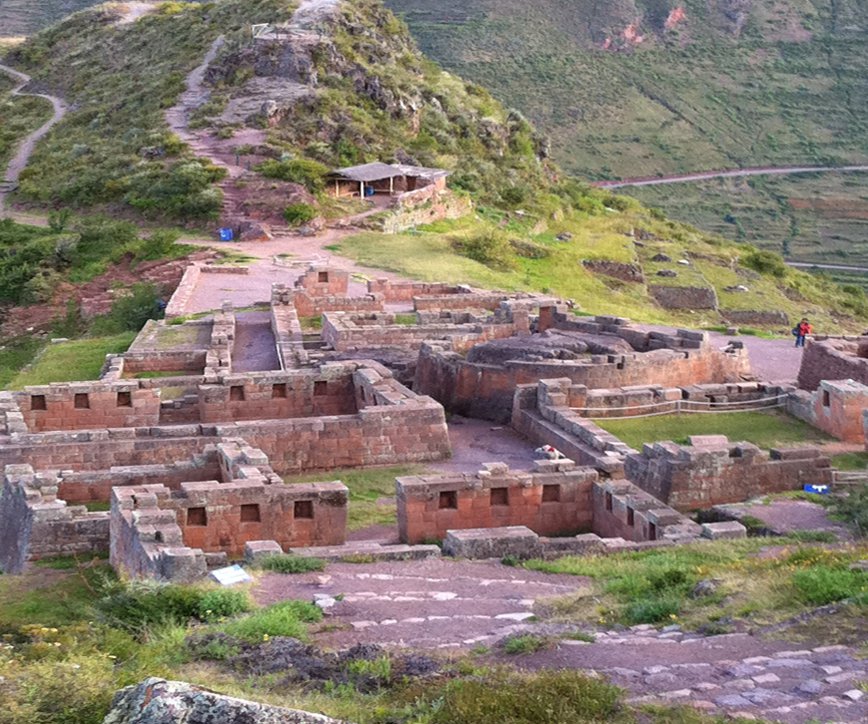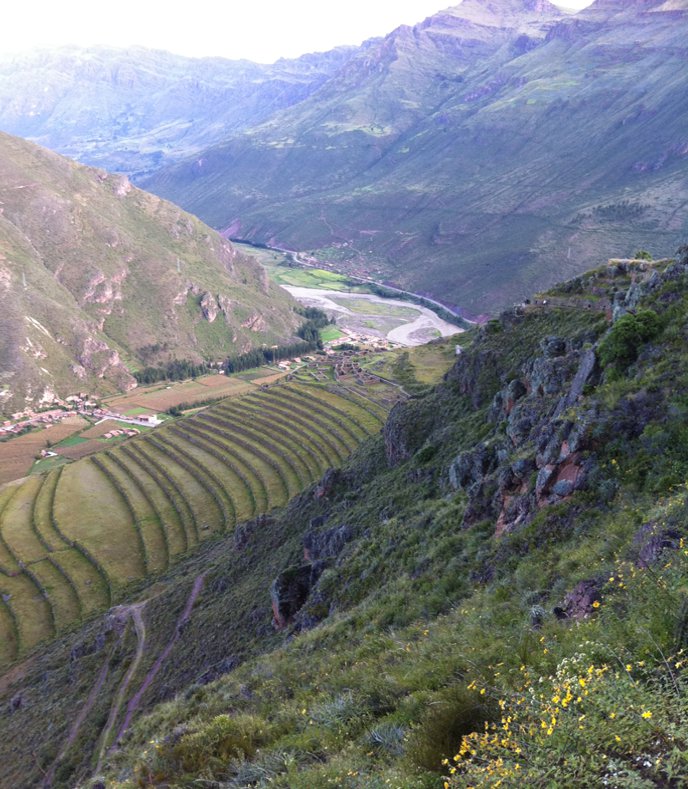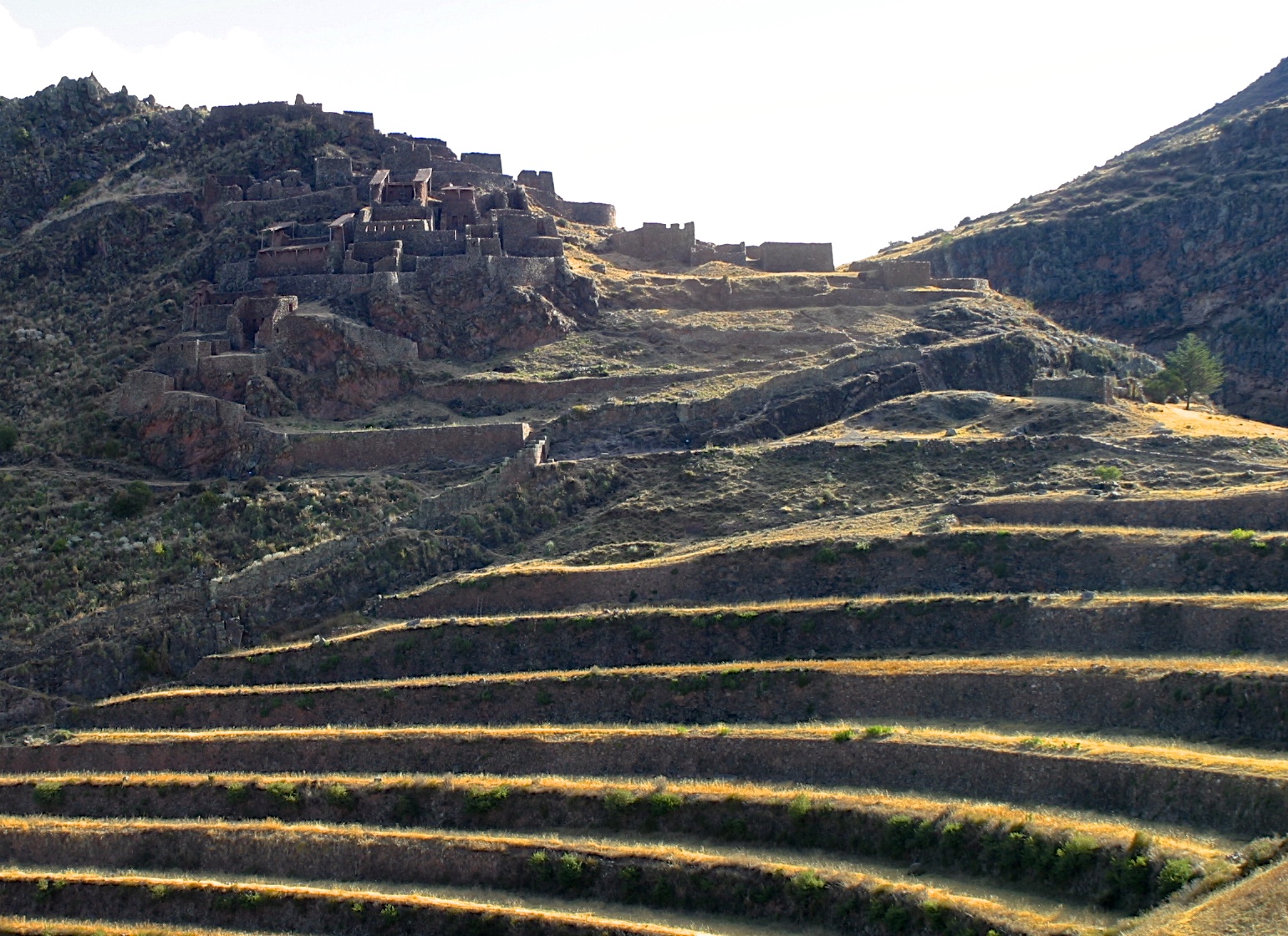Tailormade trip Peru
The Sacred Valley is replete with towns and villages influenced by both the ancient legacies and modern day life. Pisac, which sits about 32 kilometers (20 miles) from Cusco, is a popular place to visit as part of any private, tailormade trip Peru as it boasts a hybrid modern-colonial village lying on the riverbank with a souvenir and local market, and an Inca fortress on a mountain spur about 600 meters (1,970 feet) above. A tailormade Pisac tour is an enjoyable day trip through stunning landscapes, which can be easily combined with other nearby attractions: Chinchero, Maras salt Pans, Maray and Ollantaytambo ruins.
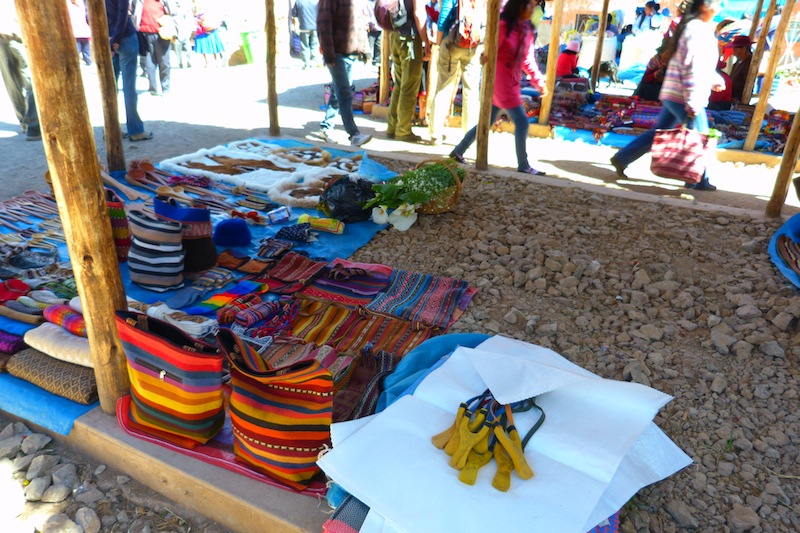
Pisac Market
For most of the week, the colonial town of Pisac is a quiet Andean village where locals relax in the plaza or enjoy fresh bread baked in an old-fashioned clay oven. Here there is a popular market for tourists where you can pick up an array of souvenirs. But the village comes alive on Sunday when the famous weekly market takes place. Pisac’s Sunday market attracts locals and international tourists alike.The main square gets crowded, especially after the mass, which is celebrated in Quechua. The congregation leaves the church in a colorful procession, led by the Mayor holding his silver staff of office.
Pisac Ruins
The Pisac Archaeological Site above the village is the largest fortress city of the Incas and one of the largest of ancient America. During a Pisac tour, walking the site in full with expert guiding in Peru takes one and a half hours approximately. For those seeking less adventure, it is also possible to visit the main entrance to the site and walk less, which still affords impressive views down into the green valley. Pisac’s setting is postcard-worthy.
Visitors can reach the site either by a 10-kilometer (6-mile) paved road up the Chongo Valley, or by a short but steep footpath about 5 kilometers (3 miles) from the plaza. It is a stupendous complex of the finest Inca stonework, all guarded by walls, gates, and towers. Inside, there are many attendant buildings; baths and storehouses; exceptional flights of terracing; and an array of tombs. The site features examples of almost every aspect of Incan architecture, with religious, administrative and residential constructions.
The site sits on a hilltop with a gorge on either side, spread out into clusters on the mountain spur. The central, dominant figure of the Pisac temple group is an outcrop of rock jutting above two levels of platform, surrounded by a D-shaped wall of the finest masonry. There are four rock projections in the Pisac temple group known as inti-huatanas, which in Quechua means hitching place of the sun (inti). They were intended for solar observation and worship. Beside the Pisac inti-huatana is a magnificent two-domed rectangular building, which may have been the temple of the moon. Immediately above the inti-huatanas is a group of houses surrounding a courtyard, where there is a rock sculpted into a seat for resting. From the courtyard is a path that leads to a climb up the western flank of the mountain.
Pisac is known for its agricultural terracing, which was an essential part of Incan survival. In the vertical world of the Andes, flat agricultural land is scarce and landslides are a constant threat. The Incas solved both these problems by building agricultural terraces. Entire hillsides were tamed by great flights of terraces that followed contours like the layers of an architect’s model. A typical Inca agricultural terrace, pata, would be between 1.5 to 4 meters (5 to 13 feet) high and contained by walls of field stones roughly to fit one another. Such walls might be 60 to 75 centimeters (23 to 30 inches) thick. Native farmers filled the surface of the containing walls with fertile soil and the base cavities with stones for drainage.Though there is expert terracing throughout the Incan archaeological sites, the most magnificent terraces are at Pisac.
Above the terraces are some cliffhanging footpaths, defended by massive stone doorways, steep stairs and, at one point, a tunnel carved out of the rock. Walking along these paths is thrilling, and the views are stunning. The defensible site guards not only the Urubamba Valley below, but also a pass into the jungle to the northeast. Pisac’s main religious center near the top of the terrace features sturdy rooms and temples.
Visiting Pisac
Pisac is a one and a half hour drive from Cusco (approximately), in the Sacred Valley. It can be visited from Cusco as a day trip or en route to the Sacred Valley, the gateway to Machu Picchu. Trains leave from Ollantaytambo station. There are many excellent hotels in the Sacred Valley, a short drive from Pisac. the Sacred Valley makes for an excellent base to explore other nearby attractions.
Aracari offers private guided tours of Pisac as part. Contact us at travel@aracari.com.

